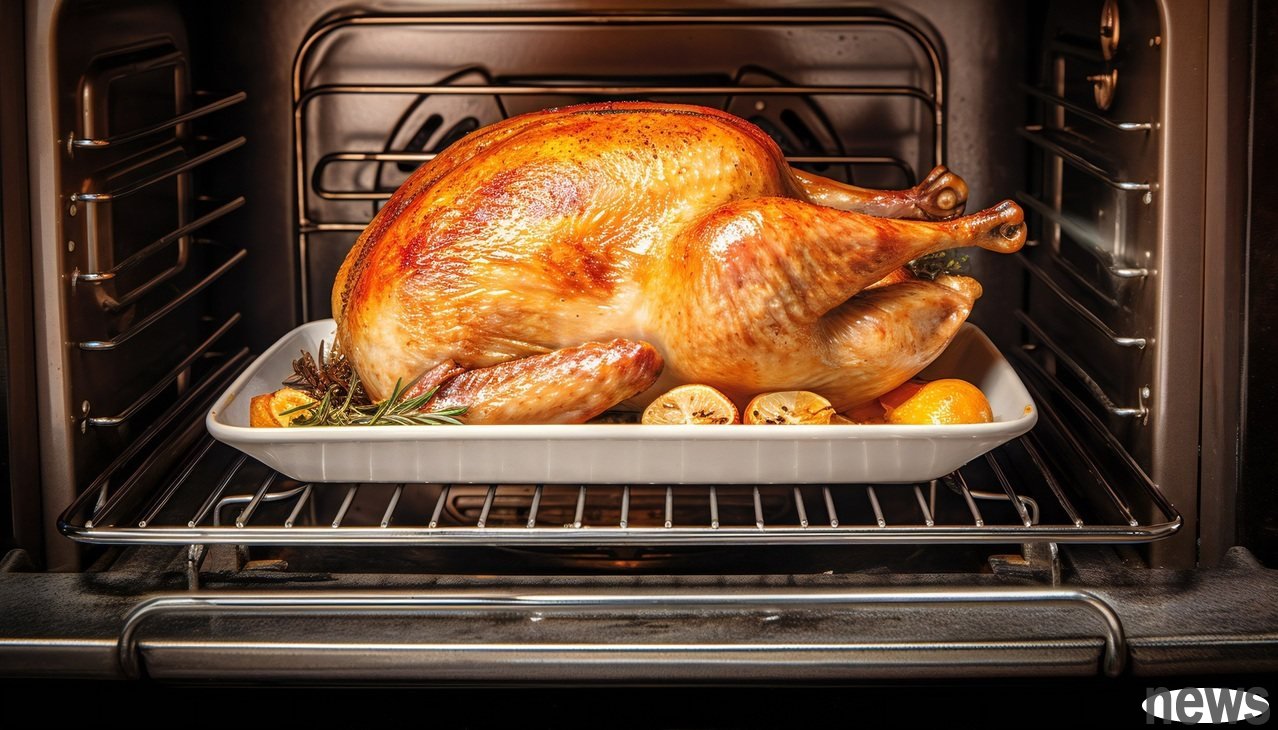Everyone has experience that when you complete your dinner with the perfect time, you find out that your guests are here; it is very important to know how to keep food hot without drying or overheating. Your oven's "warm-keeping" funct...

Everyone has experience that when you complete your dinner with the perfect time, you find out that your guests are here; it is very important to know how to keep food hot without drying or overheating. Your oven's "warm-keeping" function will be available at this time.
The "temperature maintenance" function is one of the oven functions that we rarely use at ordinary times, but you should use it more. Unlike baking or baking modes with a temperature of up to 350 degrees Celsius (176.7° C) or higher, the temperature of the temperature preservation function is usually only between 160 degrees Celsius and 200 degrees Celsius (71.1° C ~ 93.3° C); this temperature can prevent your dish from getting cold, but at the same time it will not overheat, causing the food to be continued to be cooked.
{99}At this gentle temperature, your good food can maintain the temperature, but it will not become hard or lose water; the "warm-keeping" function of the oven is especially suitable for sandy vegetables, roasted vegetables or baked goods, because this type of food needs to maintain its taste and will become undesirable if it becomes moist and soft and dry. But even meats such as chicken or roast beef can be served in a short while at low temperatures, just make sure your meat dishes are completely cooked in advance. But be careful not to confuse the "warm-keeping" function with the "low-warm slow-cooking" function. These two are the most complete and different cooking techniques.
The correct use of the "warming" function is to understand its purpose; the "warming" function will not cook food or reheat dishes, nor will it be like the warm-keeping oven in a restaurant kitchen; the "warming" function is to keep your cooked dishes at a safe and practical temperature until you are ready to pack them. To maximize the "warm-keeping" function, use simmer foil paper or squid to hold the dish to lock the moisture before putting it in the oven; this step is especially important for dishes that are easy to dry, such as noodles, rice or thick-cut barbecue. If you want to maintain the temperature of multiple dishes at the same time, remember to use a safe oven container and place the dishes evenly to maintain good air circulation.
Although putting food in the warming for a long time is a very inviting method, it is best to keep the warming time within 1 to 2 hours; because even at low temperatures, the food will slowly lose its taste or flavor; if longer-term warming is needed, it is recommended to consider changing the slow-fitting warming function or using a warming food box; in short, even if accidents occur in life that cause things to be troubled, the warming function can still make your dishes successfully served at a perfect temperature.